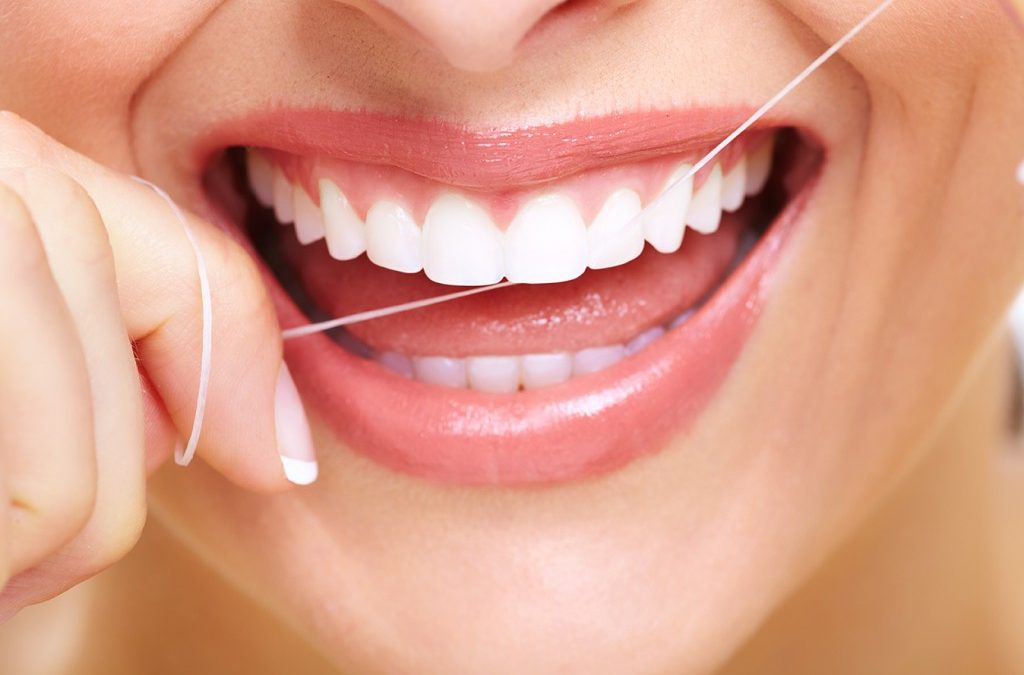FLOSSING
Q. Why are my teeth so important?
A. Your teeth vary in shape and size depending on their position within your mouth. These differences allow the teeth to do many different jobs. Teeth help us to chew and digest food. They help us to talk, and to pronounce different sounds clearly. Finally, teeth help to give our face its shape. A healthy smile can be a great asset and because this is so important, it makes sense to give your teeth the best care possible.
Q. How do I clean between teeth?
A. One way to clean between your teeth is with dental floss. Flossing removes plaque and food particles from between your teeth and under the gumline, areas a toothbrush can’t reach. Your dentist can show you proper flossing techniques.
The following suggestions may help:
- Break off about 18 inches of floss, and wind most of it around one of your middle fingers. Wind the remaining floss around the same finger of the other hand. As you use the floss, you will take up the used section with this finger.
- Hold the floss tightly between your thumb and forefingers, with about an inch of floss between them, leaving no slack. Use a gentle ‘rocking’ motion to guide the floss between your teeth. Do not jerk the floss or snap the floss into the gums.
- When the floss reaches the gumline, curve it into a C-shape against one tooth until you feel resistance.
- Hold the floss against the tooth. Gently scrape the side of the tooth, moving the floss away from the gum.
- Repeat on the other side of the gap, along the side of the next tooth
- Don’t forget the back of your last tooth.
- When flossing, keep to a regular pattern. Start at the top and work from left to right, then move to the bottom and again work from the left to right. This way you’re less likely to miss any teeth.
It is also very important to clean around the edges of any crowns, bridges or implants. This can be difficult to do effectively using traditional floss and there are now specialist flosses to do the job thoroughly (such as a water flosser, younifloss, interdental brushes). Ask your dentist about how to use these properly and which method you should use.
Q. Should my gums bleed when I floss?
A. Your gums may bleed or be sore for the first five or six days that you floss. This should stop once the plaque is broken up and the bacteria has gone. If the bleeding does not stop, tell your dentist. It may be that you are not flossing correctly or your teeth and gums need a more thorough clean by your dentist or hygienist.
Q. What do I do if I have difficulty using floss?
A. If you have trouble using floss you can use a water flosser or an interdental cleaning aid. Interdental cleaning aids include small interdental brushes used to remove plaque from between the teeth. Your dentist or hygienist can explain how to use these properly.


